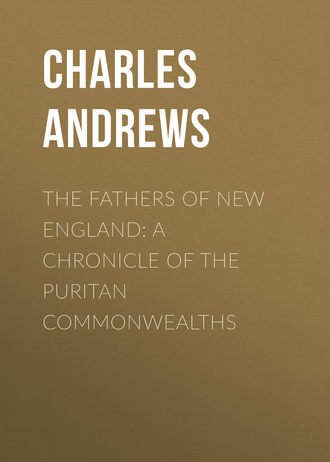 полная версия
полная версияThe Fathers of New England: A Chronicle of the Puritan Commonwealths
In all the New England colonies, the fall of Andros and the close of the century marked the end of an era in which the dominant impulse was the religious purpose that actuated the original colonists in coming to America. The desire for a political isolation that would preserve the established religious system intact was exceedingly strong in the seventeenth century, but it ceased to be as strong in the century that followed. The fathers gave way to the children; the settlements grew rapidly in size, increased their output of staple products beyond what they needed for themselves, and became vastly interested in trade and commerce with all parts of the Atlantic world. Towns grew into larger towns and cities; and Portsmouth, Newbury, Salem, Marblehead, Boston, Newport, New London, Hartford, Wethersfield, Middletown, New Haven, Fairfield, and Stamford became, in varying degrees, centers of an increasing population and of new business interests that brought New England into closer contact with the other colonies, with the West Indies, and with the Old World. England became involved in the long struggle with France and not only called on the colonies to aid her in military campaigns against the French in America, but endeavored to bring them within the scope of her colonial empire. All these influences tended to expand the life of New England and to force its people more and more out of their isolation. Yet, despite this fact, the Puritan colonies – Connecticut and Rhode Island especially – continued to lie in large part outside the pale of British control and example, and their inhabitants continued to accept religion and the Puritan standards of morals as the guide of their daily lives.
1
In 1606 King James had granted a charter incorporating two companies, one of which, made up of gentlemen and merchants in and about London, was known as the Virginia Company of London, the other as the Virginia Company of Plymouth. The former was authorized to plant colonies between thirty-four and forty-one degrees north latitude, and the latter between thirty-eight and forty-five, but neither was to plant a colony within one hundred miles of the other. Jamestown, the first colony of the London Company, was now thirteen years old. The Plymouth Company had made no permanent settlement in its domain.
2
The King's warrant was issued on February 28, the writ of Privy Seal on April 23, and the great seal was affixed on May 10, 1662.

